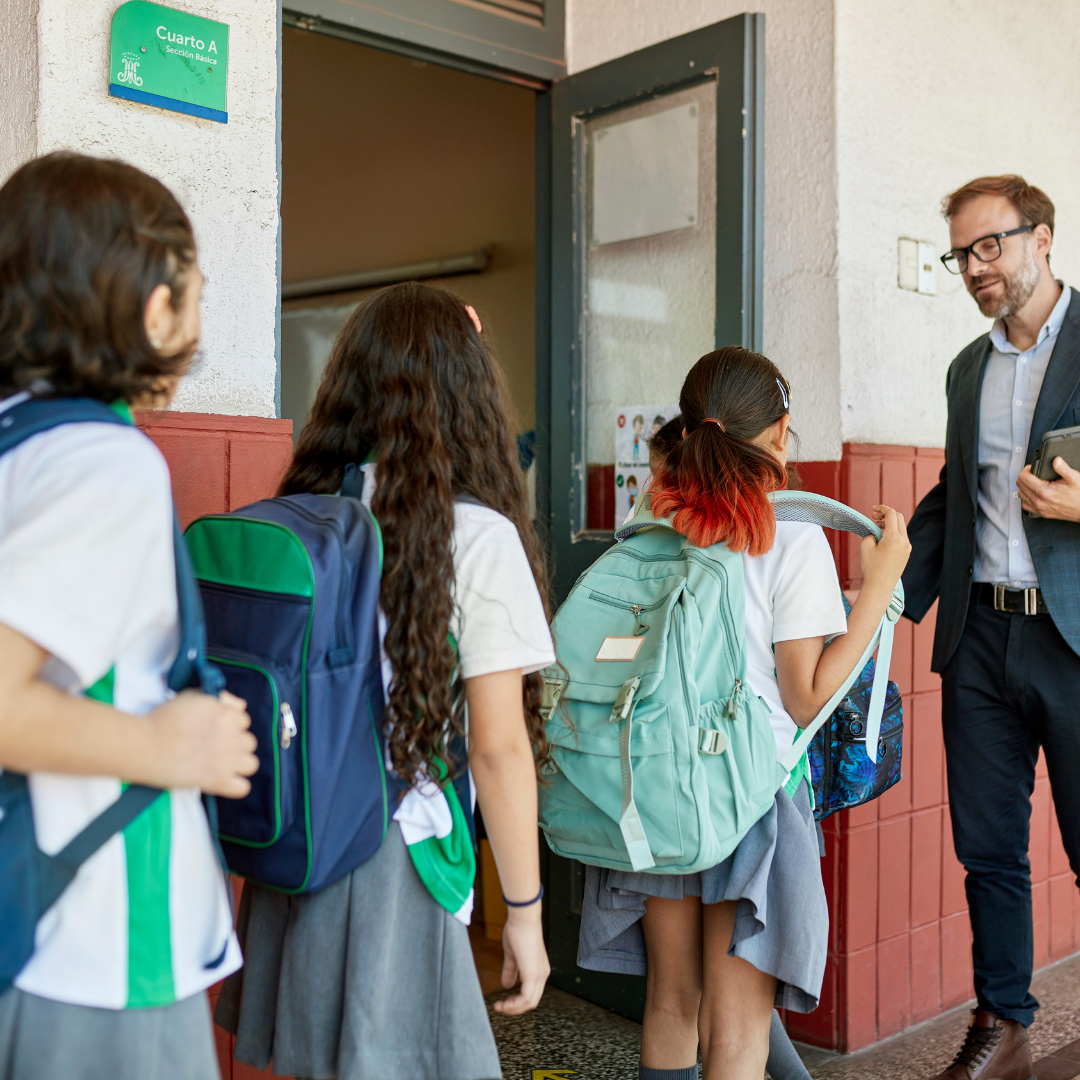School Vouchers 101
After much deliberation and debate in the 89th Regular Session, the Texas Legislature approved Senate Bill 2 (SB2) in 2025, the state’s first-ever universal voucher program. This new $1 billion taxpayer-funded program is structured as an Education Savings Account (ESA), allowing eligible students to use $10,330 in fiscal year 2027 for private school expenses. Homeschooled students will be eligible to receive approximately $2,000, and students with special education needs will get up to $30,000. Texas parents will be able to use vouchers for the first time beginning in the 2026-27 school year.
Universal voucher programs in other states have provided a cautionary tale, with a large share of students who use voucher funding already enrolled in private schools.
Here’s what to watch out for in Texas.

Who will benefit from Texas’ Education Savings Account Program?
One of the most crucial questions regarding any universal voucher program is whether it primarily serves as an educational intervention that moves students – especially those from families of limited means – to new educational settings, or whether the voucher acts more like a tax break for individuals who already have their children in private schools. For example, in North Carolina during the 2024-25 school year, 87% of voucher recipients were already enrolled in private schools.
During legislative debate, hard-fought amendments in the House ensure that Texas’ universal voucher program pays some attention to a family’s background.
Provisions in the program include prioritizing aid for low-income students and those with disabilities. Because the amount available to families through the ESA is not enough to cover tuition and expenses at a private school, however, questions remain as to how many low-income families will be able to benefit from the program. Lawmakers did attempt to address how many high-income families utilize the program by capping the amount available for families earning more than $500,000 a year at $200 million, or 20% of the overall appropriation.
Governor Greg Abbott pitched the voucher program to lawmakers and the public as a tool to transform opportunities for low-income families:
The state would do well to pay close attention to who uses Texas’ new vouchers, and whether its stated goals are being met.
Will the passage of SB 2 result in decreased public school funding in Texas?
Despite much-needed funding from House Bill 2 (HB 2), Texas schools still face a budget crunch. Vouchers may contribute to that budget crunch by further decreasing the per-pupil funding received by districts that see students leave their public school districts to attend private schools or opt for home schooling. If the state continues to expand the entitlement created by its voucher program to cover increasing numbers of existing private and homeschool students, public school funding could be impacted significantly.
That’s what happened in Florida, where the cost of the state’s voucher program rose from $1 billion to nearly $4 billion in just two years after the state expanded eligibility to all students regardless of income. The move diverted hundreds of millions of dollars annually from public school funding. While Florida increased its spending on three voucher programs by 313% from fiscal year 2008 to fiscal year 2019, the state decreased its per-pupil funding for public education by 12% over the same time period.

Here in Texas, ESAs open the door for public funds to be used for private school tuition, homeschool expenses, and other approved education-related services. The $1 billion price tag for the 2026-27 biennium, based on Legislative Budget Board estimates, is expected to increase significantly in future years, ballooning to a cost of $7.9 billion by 2030-31.
All of this is happening at a time when traditional public schools have seen their funding dwindle under the pressure of inflation and with minimal increases in per-pupil funding from the state. Research also shows that public school students who use vouchers don’t stay in voucher programs long-term, often returning to their public schools.
Will vouchers improve student outcomes in Texas?
Lawmakers and Texans should look to understand if students who move from public schools to private schools with a voucher do, in fact, demonstrate stronger academic performance. Unfortunately, that’s going to be difficult to determine because of the different testing requirements that lawmakers have put in place to serve as accountability measures for voucher students and public school students.
Texas’ ESA program will require students using a voucher to take nationally norm-referenced tests to assess students. Norm-referenced tests provide a way to compare an individual student’s performance to the performance of a large, representative group of students, often at a national or state level, and provide valuable context. That’s different from the changes the state made to public school assessments with the passage of House Bill 8 (HB 8) during the second special session. The state’s required testing of public school students is criterion-referenced and will shift from a single test to beginning, mid-, and end-of-year assessments. Criterion-referenced tests measure a set of standards or criteria, making comparisons of progress between public school students and those using vouchers for private school difficult.

How will vouchers affect special education students?
Under the new ESA, students with special education needs can receive up to $30,000 to attend private schools. While Texas public schools are required to educate every child who shows up at their doors, regardless of income, disability, IQ, religion, national origin, gender, sexual orientation, income, academic ability, or athletic ability, that’s not the case in private schools. Even if a student with special needs attends a private school with a voucher, they will likely forfeit protections such as those afforded by the Individuals with Disabilities Education Act (IDEA), which provides certain protections under federal law.
We know special education students give up a lot when they move from a public school to a private school. Texans will need to watch what happens on this front and respond, especially if we see special needs students returning to public schools after accepting a voucher and spending time in a private school.
